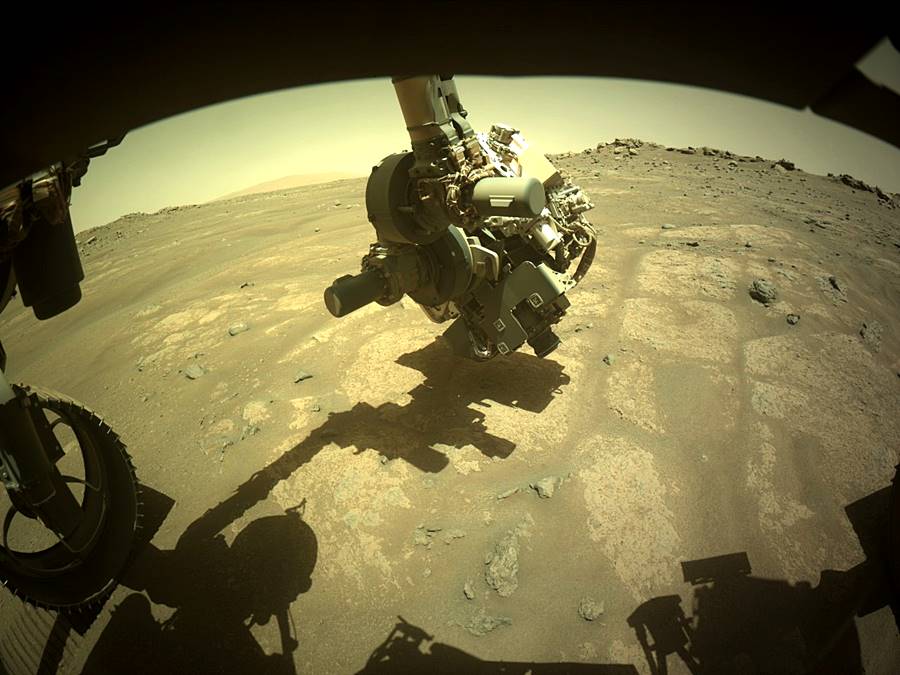Sat 07 August 2021:
According to NASA, the Perseverance Rover failed to acquire a rock sample on Mars on its first attempt.
“Data sent to Earth by NASA’s Perseverance rover after its first attempt to collect a rock sample on Mars and seal it in a sample tube indicate that no rock was collected during the initial sampling activity,” the release said on Friday.
The Perseverance mission is assembling a response team to assess and resolve the situation, the release said.
#SamplingMars is one of my most complicated tasks. Early pics and data show a successful drill hole, but no sample in the tube–something we’ve never seen in testing on Earth. Mars keeps surprising us. We’re working through this new challenge. More to come. https://t.co/XyXBssvKe6 pic.twitter.com/VTNvMA2jqN
— NASA’s Perseverance Mars Rover (@NASAPersevere) August 6, 2021
In a separate statement, NASA said that the rover successfully drilled a hole. The failed attempt to seal a sample in the tube is something that did not occur when the equipment was tested on Earth, NASA said.
The rover carries 43 titanium sample tubes and is equipped with a hollow coring bit and percussive drill at the end of tis 7-foot-long robotic arm to extract samples.
The six-wheel rover that landed on Mars in February is now positioned at a site believed to contain the deepest and most ancient layers of exposed bedrock in a dry lake bed known as the Jezero Crater. The rover will collect two samples at this site, including a specimen for what NASA called “proximity science.”
The samples will then be sealed and stored for subsequent NASA missions, now in development in with the European Space Agency, that would send spacecraft to Mars to collect the sealed samples and return them to Earth for in-depth analysis.
NASA released images of a small mound with a hole in its center next to the rover — the first dug into the planet by a robot.
My first drill hole on Mars! Collecting and storing rock samples is a big and complex task, and this is a huge step. Next step: processing. #SamplingMarshttps://t.co/Ex1QDo3eC2 pic.twitter.com/JvrZcZ1NPm
— NASA’s Perseverance Mars Rover (@NASAPersevere) August 6, 2021
The Perseverance rover is on Mars to help NASA study Martian geology and past life.
It is currently stationed on the surface of Jezero Crater. It landed on Mars in February, following its seven-month journey from Earth that saw it fly about 300 million miles (480 million kilometers) before reaching its destination.
NASA plans to bring around 30 samples back to Earth in the 2030s.
Photo: Twitter, NASA’s Perseverance Mars Rover
———————————————————————————————————————-
FOLLOW INDEPENDENT PRESS:
TWITTER (CLICK HERE)
https://twitter.com/IpIndependent
FACEBOOK (CLICK HERE)
https://web.facebook.com/ipindependent
Think your friends would be interested? Share this story!





